Ciao, HIVE friends!
Winter in Sardinia is quite mild, but it can feel very cold because of the maestrale, a cold and damp north wind that cuts right through to your bones. On top of that, being so used to the sun, we islanders also feel the weight of the shorter, grayer days.
the place where I need to go when the icy heart of winter beats its final pulses, and spring begins to awaken with its scents and light.
So, with my second post in the #WinterChallenge by Worldmappin, I want to show you
One of the two reasons why I love this place is its incredible nature, the almost aggressive way the landscape seems to strike you.
The vastness of these cliffs fills your view in a way that's almost painful for the eyes. The sound of the waves is an incessant music in every season.
The winter wind fills the air with salt, while in spring, with the blooming of a rich Mediterranean scrub, the wind stirs the scents of lavender, rosemary and thyme, asphodel and wild fennel, in a symphony that reconciles you with nature after months spent indoors.
The second element that makes this place unique is the presence of a gigantic mining complex, abandoned in the 1960s, which can be explored on a long trekking route through the cliffs.
My favorite building, Laveria Lamarmora, seems like an enchanted castle to my eyes.
Like the rest of the mining complex, it was abandoned when the extraction costs became too high, and from that moment on this majestic and evocative structure has been left in ruins.
This area has always been exploited throughout human history for its rich deposits of silver, lead and zinc. Mines, tunnels and industrial structures can be found almost everywhere.
The Laveria Lamarmora was built in 1897 in order to purify and refine the minerals, separating valuable metals from the waste rocks. Its proximity to the sea was intentional: after processing, the materials were loaded directly onto ships to be delivered to other ports in the Mediterranean Sea.
Interestingly, even this building was dedicated to Alberto La Marmora, the same man for whom Sardinia’s highest peak is named — a topic I covered just a few days ago. For those who missed that post, Alberto La Marmora was a 19th-century cartographer, soldier and politician who played a key role in exploring and documenting Sardinia, bringing international attention to the island.
The entire staircase has a total of 540 steps.


The landscape along this coast is majestic, endless and opened to a deep, restless sea. Facing northwest, it becomes especially striking when the mistral wind blows, hurling ferocious storms against the rocks. For this reason, swimming in these waters is generally considered unsafe.
On this spring Sunday, however, the wind was nothing more than a gentle breeze, softly carrying the wonderful scents of the Mediterranean scrub through the air.
After descending the long staircase, my friend and I entered the laveria. Access is formally prohibited due to safety concerns, but, as always happens on this island, no one respects that ban. I believe the authorities only put up the "no entry" signs to absolve themselves of responsibility in case someone gets hurt.
They should rather secure and restore this beautiful and unique place, treating it as a community heritage, something that doesn’t seem to be a priority for the government.
And we will continue to ignore the ban.
From the inside, the laveria resembles an abandoned castle. There are many paths and tunnels still accessible, some areas have collapsed, and breathtaking views are everywhere.
The view of these coves, in my opinion, is one of the most beautiful in the area. When the wind blows, this is precisely the spot where the storm strikes with the greatest force. The difference is incredible, to the point that, in winter, it’s very difficult to stay outside here for more than a few minutes.
Nebida sea in winter.
By this point in our visit, it was almost 1 p.m.: we were very hungry and worried the nearby restaurant might close, so we skipped the final descent that would have taken us very close to the water and headed back up.
This time, instead of taking the staircase I showed you earlier, we chose a dirt path that winds around the cliff to exit from a different direction. Even from this point, the view of the sea and the laveria was incredibly beautiful.
The village of Nebida was specifically created to serve the workers of the mine, and by 1910 it had about 3,000 inhabitants, 1,000 of whom were miners.
In 2024, many years after the mines closed, it has only around a hundred residents: a small ghost village that comes to life with color and activity when tourists arrive in the summer season.
When we arrived, the restaurant was open. It wasn’t late, but in spring some restaurants have less predictable hours compared to the summer season, due to fewer customers.
We ordered some mustazzeddu, a typical bread that we cook in this area, and a special Sardinian pasta called fregola, which clearly evokes other Mediterranean culinary traditions, particularly Spanish paella and African couscous.

Mustazzeddu, a typical bread filled with tomato, basil and garlic.

In my case, I had it with sausage, saffron, zucchini and cured pork cheek, although this was a particular recipe that I only found in this restaurant. In general, fregola is accompanied with meat and tomato sauce, or fish and seafood, or vegetarian ingredients.
It's definitely one of my favorite kinds of pasta.
After having our lunch — not to mention, of course, an espresso — we hit the road again to take a walk on Masua beach, just a few minutes away by car. Even along this scenic route, the enchanting landscape blends seamlessly with Nebida’s mining heritage.
The large rock you see in the background is called Pan di Zucchero, named after the famous Sugarloaf Mountain in Rio de Janeiro. Like its Brazilian "counterpart," our dazzling white sea stack has also become a key symbolic feature of this coastline.
Standing at 133 meters tall, it is considered the largest rock formation in the Mediterranean Sea.
When we arrived at the Masua beach, I realized we weren’t the only ones eagerly waiting for the end of winter.


We would have gladly gone for a swim, but we didn’t have swimsuits or a change of clothes. So, we just settled for watching other people enjoy the water. Fabio, an architecture enthusiast, pointed out an interesting detail about the local rocks: they are composed of layers in different colors.
The entire coast of Nebida, in fact, is one of the oldest in Europe. These rocks were formed during the Cambrian period, around 540 million years ago. We stopped for a while to look at them, feeling very small.
This, in my opinion, is the true magic of Nebida’s coast. This is what it represents for me: a place that makes me feel small.
I often come here alone when I need to think, to bring order to my mind or regain my energy, when I need to analyze or measure my problems, give them shape, break them down or view them from a different perspective. Every time, I realize how little, fleeting and temporary my problems are compared to a castle that has stood guard over the cliffs for more than a century, or compared to the vast view of the sea, or to the timeless indifference of the cliffs.
I also want to share a photo I took on the way back. If there’s one thing I love about driving in Sardinia, it’s that you often find yourself on roads like this. It makes me feel incredible free.
If you’ve been following me for a long time, you might remember that I’ve already written a post about Laveria Lamarmora, which I visited a year ago with Sascha, the Dutch traveler who introduced me to HIVE when we met during her long camper journey through Sardinia.
More than a year later, her journey continues: she’s currently in Cyprus — don’t miss her posts!
Do you like to explore abandoned buildings?
Feel free to share your experience, or any similar one, or an emotion that my article has stirred in your heart.
For now, as always, thank you for your time, your attention and your support!
See you soon on the road,
Alessandro
[//]:# ([//]:# (!worldmappin 39.30974 lat 8.43204 long d3scr))









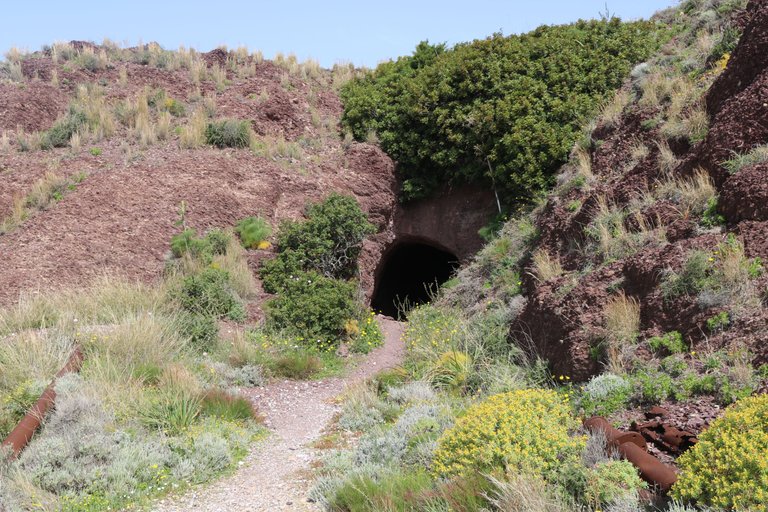






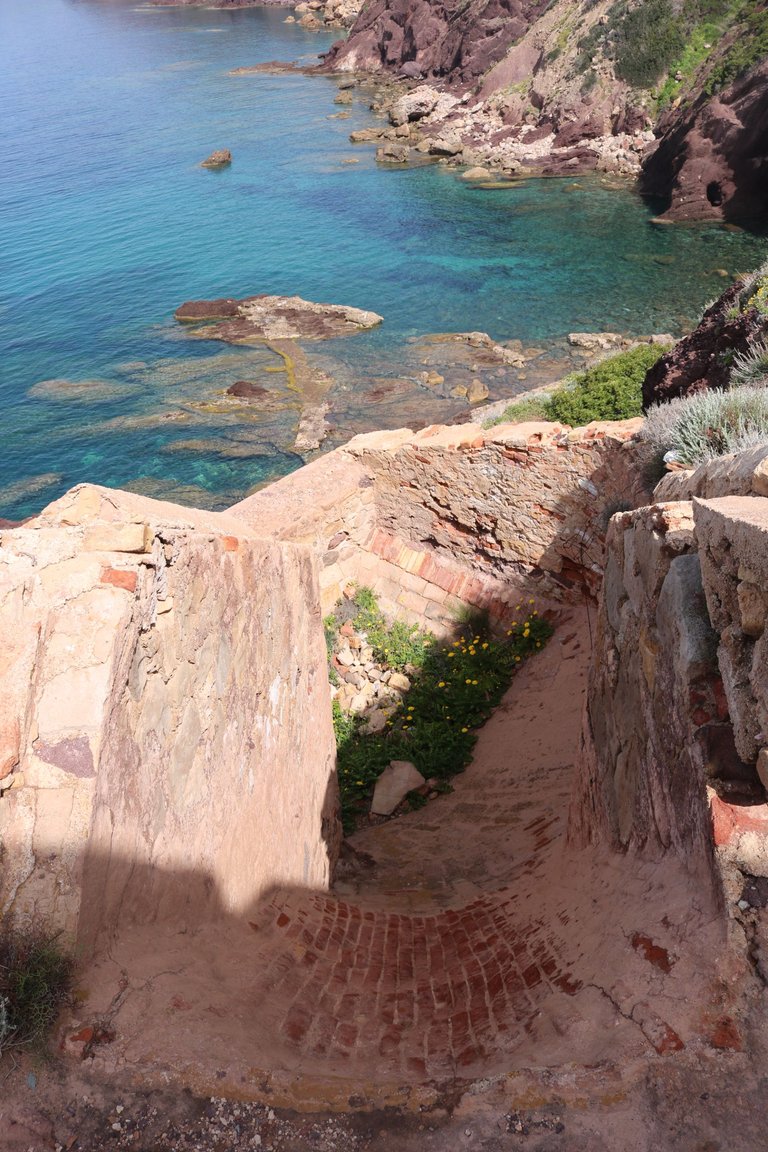

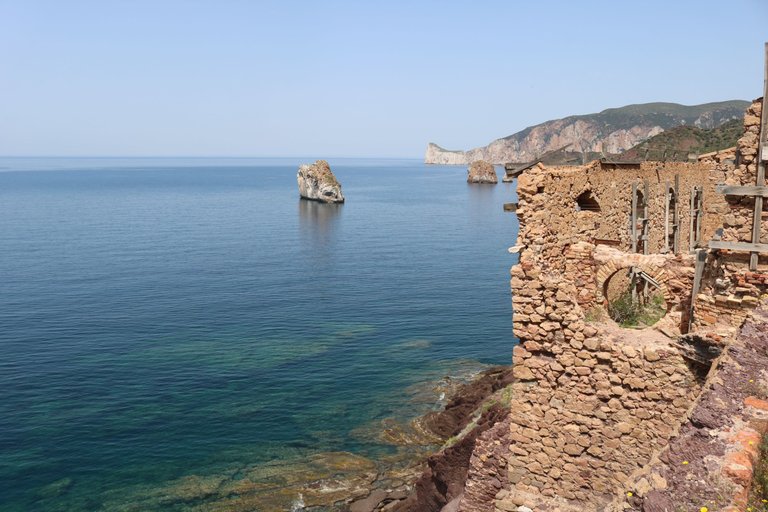


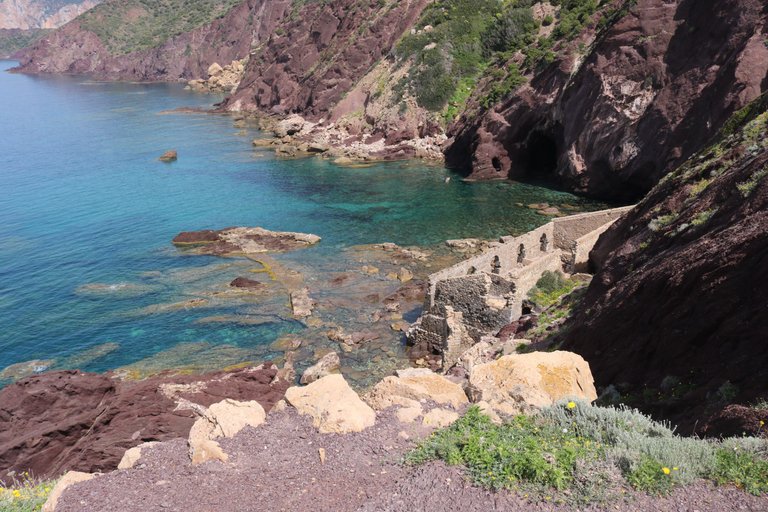

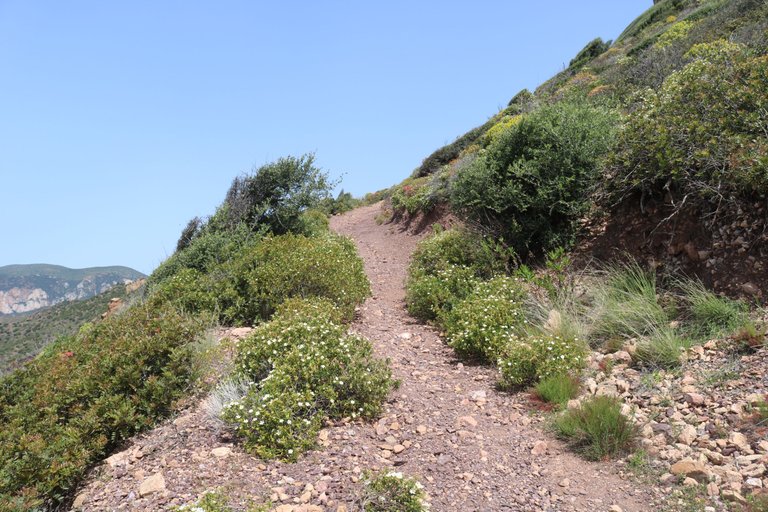













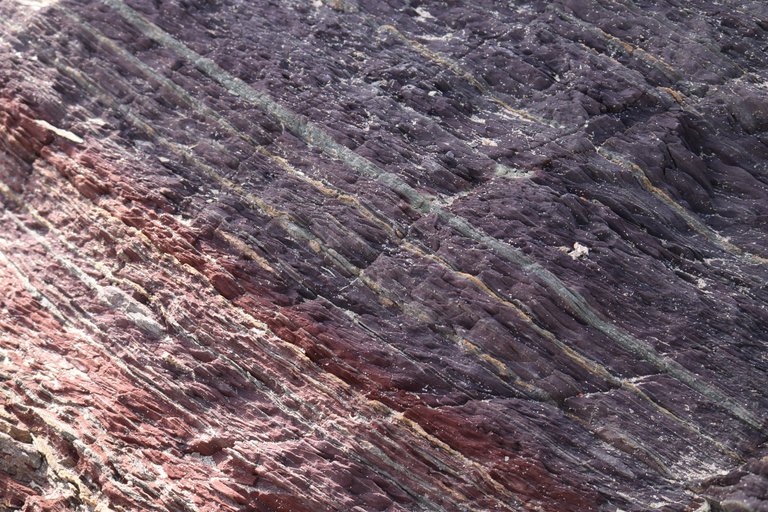
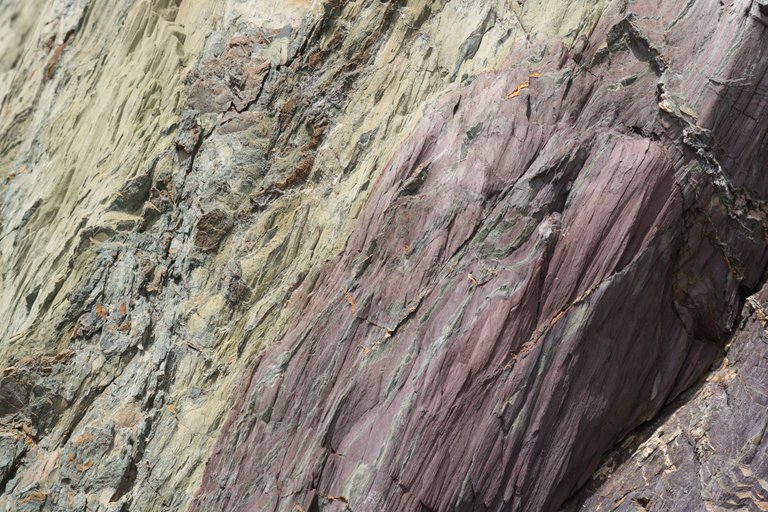

Wonderful post.
The views are just stunning. Well captured.
Lots of steps hahaha
I think I would have gone past the no entry sign too for those views and photographs.
Yes, i can imagine more people are wanting to catch the early sun rays after the winter.
I lived on Malta for a bit, a shame I never made it to this stunning island.
The food does look delicious 😋
Thanks for sharing your trip with us.
Have a wonderful Sunday!
!PIZZA
Thank you for your comment and for being here :)
My Sunday was pretty busy and I found time to answer just now (2 am, hahaha). I'm really glad to appreciate the post.
Malta is pretty close but not easy to reach, so that I've never been there as well. It's easier from Sicily.
However, if you ever decide to come here, let me know 🙂
Have a good evening and thanks for pizza slices :)
You are so welcome 🤗
That’s late oh my… haha hope you still had a good sleep.
Funny you haven’t been there, the opposite then.
It would be wonderful to visit one day. I will let you know.
Thanks, anytime.
Have a fantastic new week 😎
Pretty good sleep, just... too short 😪
They are always to short hahaha when having a busy life. At least I have… to less hours in a day.
Luckily it was good though.
Congratulations @alecaltab! You have completed the following achievement on the Hive blockchain And have been rewarded with New badge(s)
Your next target is to reach 800 upvotes.
You can view your badges on your board and compare yourself to others in the Ranking
If you no longer want to receive notifications, reply to this comment with the word
STOPCheck out our last posts:
Travel Digest #2410.
Become part of our travel community:
- Join our Discord
Hiya, @lizanomadsoul here, just swinging by to let you know that this post made it into our Top 3 in Your post has been manually curated by the @worldmappin team. If you like what we're doing, please drop by to check out all the rest of today's great posts and consider supporting other authors like yourself and us so we can keep the project going!You can check out this post and your own profile on the map. Be part of the Worldmappin Community and join our Discord Channel to get in touch with other travelers, ask questions or just be updated on our latest features.
Wow, the view there is so beautiful. What an amazing place you visited.
Nice to meet you, I'm glad you appreciated the post :)
Ahhh this place!! Let's camp there next time with a tent!!
Thank you so much ❤️